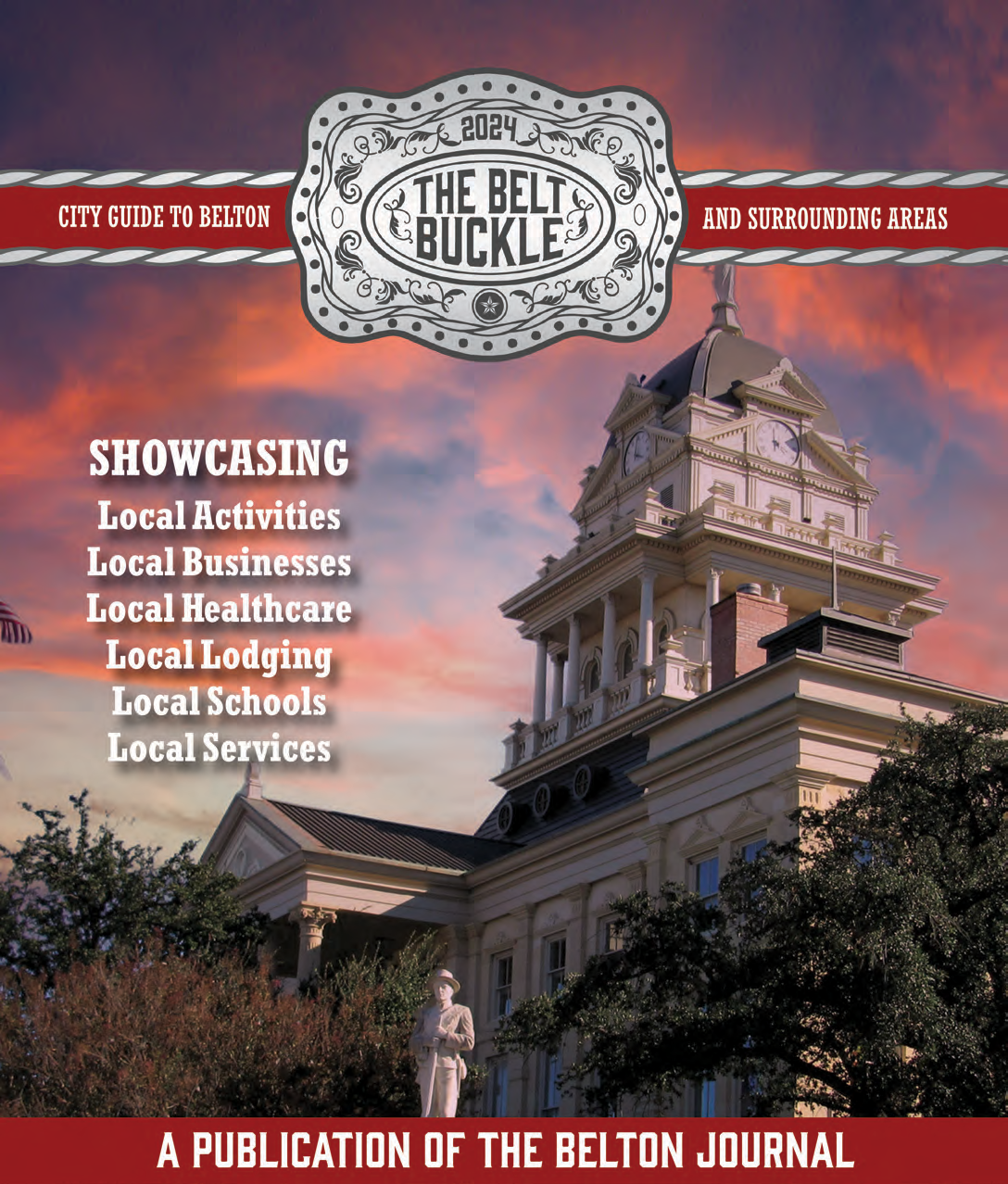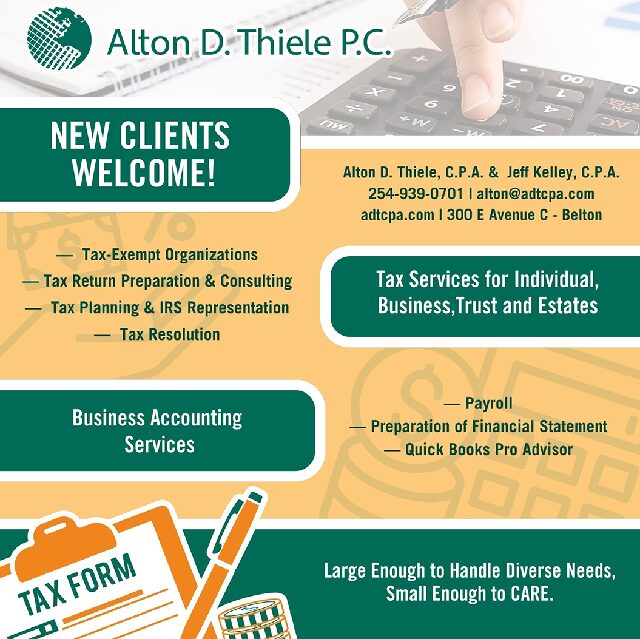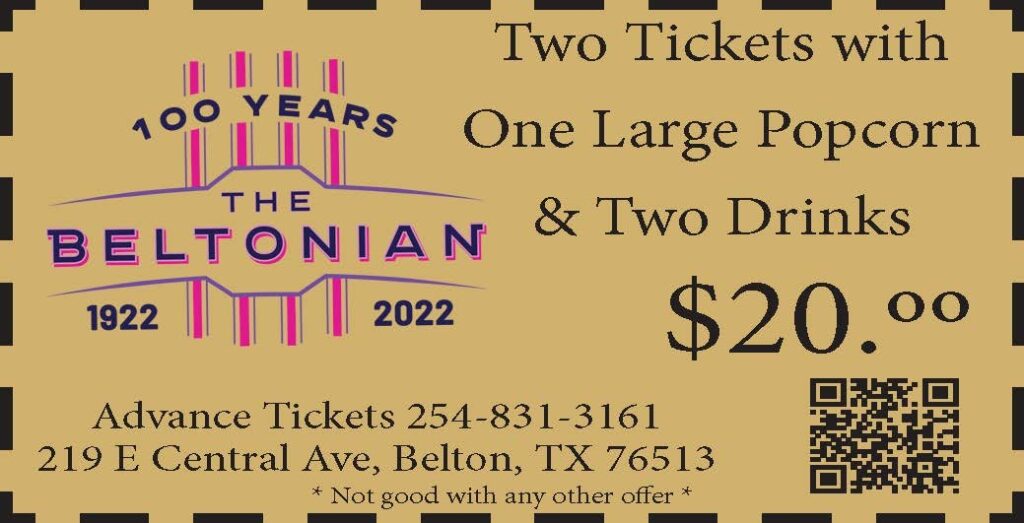By MIKE MYERS
The Belton Journal
A new space economy is emerging beyond the confines of earth. From exploration and commercial utilization, this new economy is largely driven by a fast-paced opportunity and privatization of space exploration, and the ability to utilize space resources for economic growth.
On Friday evening, former NASA astronaut Bernard A. Harris took to the stage in the Roscoe Harrison Auditorium of the Bell County Museum and walked the room through the use of photo slides, what it was like to be an astronaut.
His presentation, “The New Space Economy: Changing the Face of STEM” is the first of the museum’s spring lecture series.
Harris has a long resume of accomplishments. Born in Temple, Texas, Harris became the first African American astronaut to ever walk in space on February 9, 1995.
He logged over 438 hours, and traveled over 7.2 million miles on two space shuttle missions. He received his BS in biology from the University of Huston. He earned his Master’s degree of Medical Science from the University of Texas Medical Branch at Galveston. From there he received his Doctorate degree of Medicine from Texas Tech University. He completed his residency at the Mayo Clinic and went on to train as a flight surgeon at the U.S. Air Force School of Medicine.
Committed to philanthropy, education and young people are the pillar of his work. He founded the Harris Institute Foundation and is founding member and CEO of the National Math and Science Initiative Organization.
He moved to Houston with his parents, who separated when he was six-years old. His mother moved him and his siblings to the Navajo Nation in the northern part of New Mexico in the 1960s, where she worked as an educator for the Bureau of Indian Affairs.
Harris said that was a Godsend for them, because they had lived in the inner-city of Houston.
“Sometimes when you have adversity in your life, and you think the world is over, it is a blessing to be taken out of a constrictive environment,” Harris said.
When the sun went down on the Navajo Nation, and all the lights appeared above, “I would imagine what it would be like to travel among the stars. That’s how my dream of becoming an astronaut began,” Harris said.
At 15, he watched the Space Station program develop before his eyes. His inspiration came from watching a black and white TV and seeing Neil Armstrong and Buzz Aldrin walk on the moon.
From that inspiration, he decided that he was going to get a STEM education (not called stem back then).
Harris eventually entered the astronaut program and went through two years of basic training, learned to fly jets, to fly the shuttle, and went through winter survival training in Russia. His classes were 8-10 hours a day, where he learned about planetary science, engineering, medicine and space medicine.
After basic training he was selected as an astronaut. Every time you get selected for a mission, you go through a training program that lasts another 2-3 years. Every mission is so different, and complex, it requires another type of training, he said.
During his lecture on Friday night, Harris took the audience through a countdown to space. He said that everything sitting on the launch pad weighs five million pounds. To get the shuttle off the pad, they ignite five engines that produce a thrust of seven-and-a-half of million pounds. He called it “an incredible ride as you get catapulted into space.”
Astronauts become anemic in space, and prone to illness, he said. NASA astronauts undergo two weeks of pre-flight quarantine and isolation before a space mission. This period includes time to ensure the health and safety of the astronauts while on the mission. An astronaut loses 1-percent of bone per month. They lose 10-15 percent of their muscle mass.
“To go to the moon and Mars, we’ve got to solve these issues,” Harris said.
Technology drives everything on earth. Nine out of 10 jobs have not been invented yet, Harris said.
“How do we ensure that our children are prepared for that future? We have to invest in STEM education. Many years ago a study was done on what is going to drive our economy going forward. Our ability to have excellence in math and science,” Harris said.
That sets the foundation for developing new technology. Innovation leads to industry, products in industry, which then translates into pushing our economy forward. He asked if we are prepared for that future.
“I personally don’t think that we’re prepared for that future, but we can be, if we start working on it now.”
Harris said his new mission, his terrestrial mission, is to transform the face of STEM.
Harris works with his foundation and the National Math and Science Initiative to make sure that kids are being educated in STEM.
“If we have an educated STEM workforce, it will lead to a workforce that’s competitive.” Harris says there are more than 300 million galaxies. “We don’t believe there’s an end. There will never be a time when we will not have humans in space. We’re going to be living on the moon,” he said. “There will be cities on the moon.”
The future of space is at the jumping off place, Harris said. In space, we go around the world every 90 minutes. We get to see a sunrise or sunset every 25 minutes. Commercialization of space-based research and development, transportation to other planets, satellite operations, and space tourism are on the fast track to the future.
The next lecture in the series will be on Friday, April 14, featuring Ron Tyler with the Amon Carter, past president of the Museum of Art and the Texas State Historical Association, who will speak on the topic of “Texas Lithographs: A Century of History in Images.”
The spring series will be rounded out by Rebecca Sharpless, Professor of History at Texas Christian University, on Friday, May 5. Her topic will be “Biscuits, Cornbread, and More: Making Sense of the American South Through Baking.”
BELTON JOURNAL/MIKE MYERS
Coleman Hampton, Bell County Museum director, introduces former astronaut Bernard Harris as the first speaker of the museum’s spring lecture series.
BELTON JOURNAL/MIKE MYERS
Former astronaut Bernard Harris, guest speaker at Bell County Museum.


















